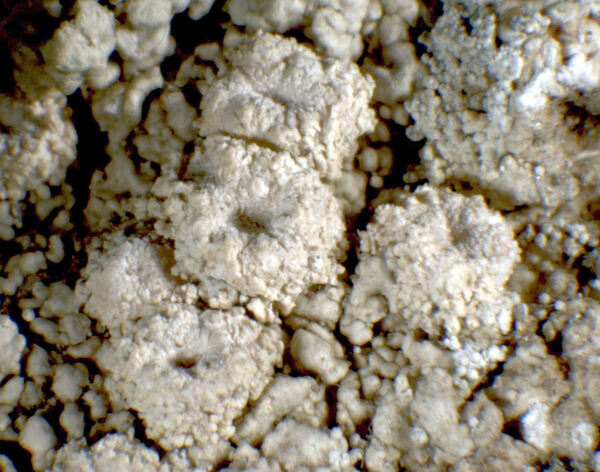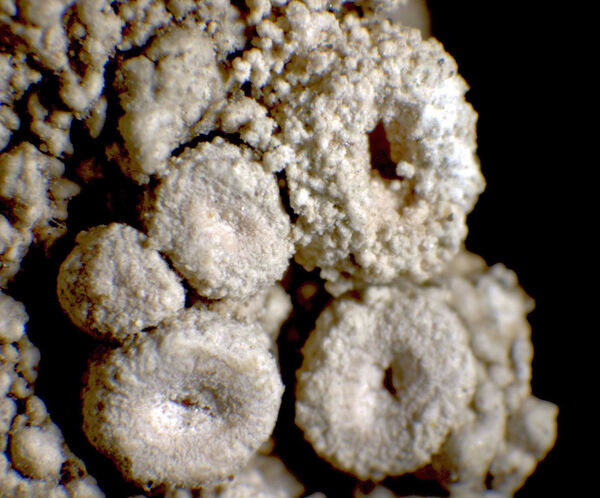Ochrolechia crozalsiana Clauzade & Vězda
Acta Mus. Siles., ser. A, 19: 25, 1970.
Synonyms: Ochrolechia erichsenii auct. non Hafellner & Türk; Pertusaria tumidula auct. non Erichsen?
Distribution: N - Lig (Giordani & Brunialti 2000). C - Tosc, Sar (Kukwa 2011). S - Cal (Puntillo 1996), Si (Grillo 1998, Grillo & Caniglia 2004, Kukwa 2011).
Description: Thallus crustose, episubstratic, to 2 mm thick, whitish, grey-white or beige, warted-areolate, sorediate, the areoles wart-like, strongly convex to subglobose, often constricted at base, contiguous, with irregular, convex, often confluent, externally pale brownish-grey to brown, internally greenish-grey soralia bearing granulose soredia. Apothecia lecanorine, up to 5 mm across, round to irregular in outline, with a pruinose, concave, initially almost punctiform disc and a distinct, pruinose parathecial ring, which are largely hidden by a thick, prominent pruinose, sometimes sorediate thalline margin. Thalline exciple corticate, the cortex thin, but well-developed, not expanded at base; proper exciple well-developed, up to 300 µm thick; epithecium pale brown, with crystals, C+ red; hymenium colourless, up to c. 150 µm high; paraphyses thin, slender, densely branched and anastomosing; hypothecium colourless. Asci 8-spored with thick, amyloid walls, without recognizable apical structures, Pertusaria-like. Ascospores 1-celled, hyaline, ellipsoid, 60-70 x 40-50 µm. Photobiont chlorococcoid. Spot tests: epithecium, soredia, thalline margin and medulla of apothecia K-, C+ red, KC+ red, P-; medulla of thallus C-, KC-. Chemistry: gyrophoric acid (major) and lecanoric acid (minor); apothecia with additional alectoronic acid. Note: a rare, Mediterranean silicicolous species known from France, Italy and perhaps the Iberian Peninsula; it is related to O. tartarea, but is morphologically and chemically different, and has a montane-Tyrrhenian distribution in Italy.
Growth form: Crustose
Substrata: rocks
Photobiont: green algae other than Trentepohlia
Reproductive strategy: mainly asexual, by soredia, or soredia-like structures (e.g. blastidia)
Most common in areas with a humid-warm climate (e.g. most of Tyrrenian Italy)
Poorly known taxon in need of further study
Commonnes-rarity: (info)
Alpine belt: absent
Subalpine belt: absent
Oromediterranean belt: absent
Montane belt: extremely rare
Submediterranean belt: absent
Padanian area: absent
Humid submediterranean belt: very rare
Humid mediterranean belt: very rare
Dry mediterranean belt: absent
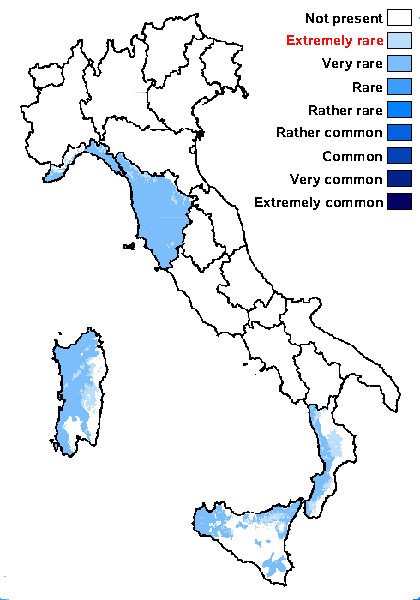
Predictive model
Herbarium samples
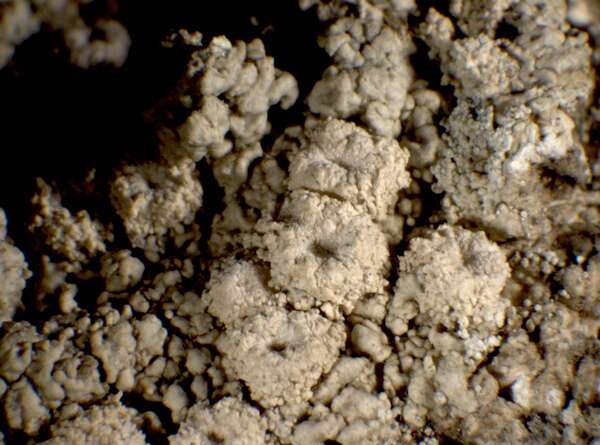
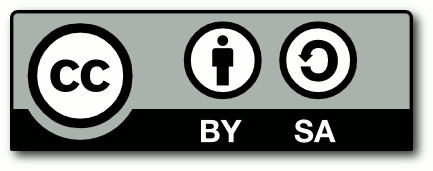
P.L. Nimis; Owner: Department of Life Sciences, University of Trieste
Herbarium: TSB (15491)
2001/12/10
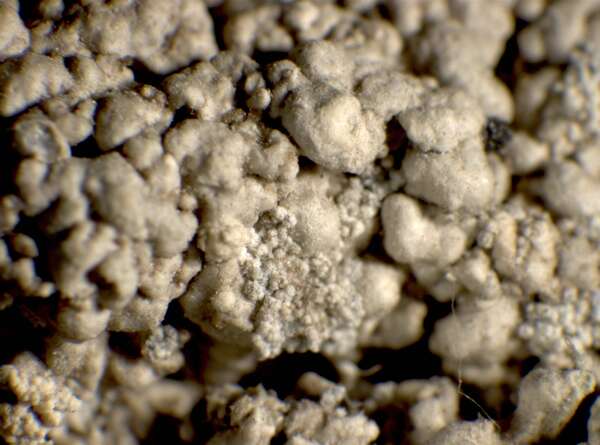

P.L. Nimis; Owner: Department of Life Sciences, University of Trieste
Herbarium: TSB (15491)
2001/12/10
thallus with soredia

Detail from: https://gzu.jacq.org/GZU000291959
GZU000291959 - Collector Clauzade,G. et al. Vězda, A.: Lichenes Selecti Exsiccati 893
Date 1969-06-28
Location France / Corse
Label Gallia – Corsica. Distr. Piedicroce: Prope pagum Piedipartino ; Alt. 700 m
Habitat Ad saxa granitica in silva clara Castanearum.
Growth form: Crustose
Substrata: rocks
Photobiont: green algae other than Trentepohlia
Reproductive strategy: mainly asexual, by soredia, or soredia-like structures (e.g. blastidia)
Most common in areas with a humid-warm climate (e.g. most of Tyrrenian Italy)
Poorly known taxon in need of further study
Commonnes-rarity: (info)
Alpine belt: absent
Subalpine belt: absent
Oromediterranean belt: absent
Montane belt: extremely rare
Submediterranean belt: absent
Padanian area: absent
Humid submediterranean belt: very rare
Humid mediterranean belt: very rare
Dry mediterranean belt: absent

Predictive model
| Herbarium samples |


P.L. Nimis; Owner: Department of Life Sciences, University of Trieste
Herbarium: TSB (15491)
2001/12/10


P.L. Nimis; Owner: Department of Life Sciences, University of Trieste
Herbarium: TSB (15491)
2001/12/10
thallus with soredia

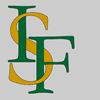 INDEX FUNGORUM
INDEX FUNGORUM
 GBIF
GBIF
